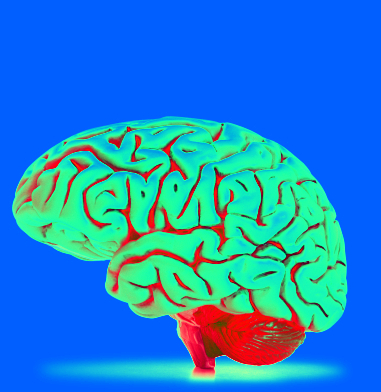Brain study shows modified moods
 Electronic stimulation in the right part of the brain can improve the mood of people who suffer from depression, researchers in California say.
Electronic stimulation in the right part of the brain can improve the mood of people who suffer from depression, researchers in California say.
A small study looking at 25 people who had epilepsy, many of whom also had depression, used electric currents to change connections in part of their prefrontal cortex to resemble activity of someone in a good mood.
The researchers say stimulation of a brain region called the lateral orbitofrontal cortex (OFC) reliably produced acute improvement in mood in patients who suffered from depression at the start of the study.
Those effects were not seen in patients without mood symptoms, suggesting that the brain stimulation works to normalise activity in mood-related neural circuitry, the study found.
“Stimulation induced a pattern of activity in brain regions connected to OFC that was similar to patterns seen when patients naturally experienced positive mood states,” says Vikram Rao, of the University of California, San Francisco.
“Our findings suggest that OFC is a promising new stimulation target for treatment of mood disorders.”
Previous studies have explored deep brain stimulation (DBS) for mood disorders, but its success depends critically on target selection. Targets in other mood-related areas deep in the brain had not always led to reliable improvements.
In the new study, the researchers focused their attention and the electrical stimulation on the OFC.
The OFC is a key hub for mood-related circuitry, but it is also widely regarded as one of the least well-understood brain regions.
OFC is a more superficial target, but it shares rich interconnections with several brain regions implicated in emotion processing.








 Print
Print